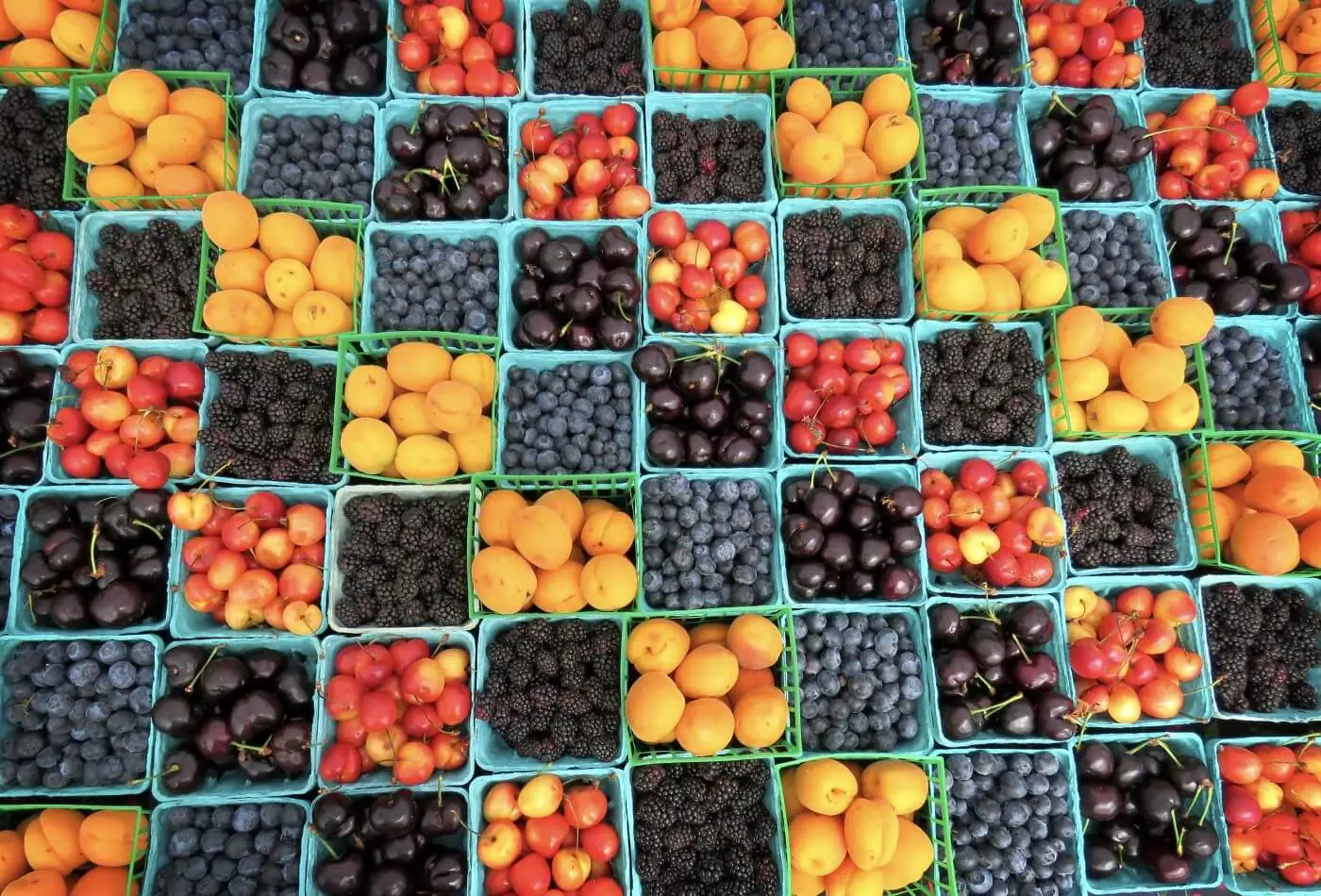Soren Bjorn, President of Driscoll’s of the Americas, shared his expert perspective on how climate change is affecting his company and the industry at large.
For Driscoll’s, as a leading berry retailer and fourth-generation family business, growing berries has always been a long-term endeavor. In recent years, however, climate change has been threatening that.
It’s well-known that climate change’s impacts, from rising temperatures to more frequent and severe extreme weather events to new water risks, affect agricultural production. But berries as a category are sensitive and perishable, and growing them requires a precise window of weather conditions to create their unique flavor, texture, and quality.
Soren Bjorn discussed how Driscoll’s is preparing today for both short-term and long-term operational and strategic climate risks. Adapting to current and future climate conditions is key to any company’s — especially a berry company’s—success and growth.
New locations and cultivars in the short-term
As climate change accelerates, the climate is becoming more volatile, unpredictable, and uncertain — making planning more difficult. A one-degree shift in average temperatures can cause a 5–10-fold shift in extremes (extreme heat, cold, flood, drought).
“One thing that’s getting way more complicated in our world because of climate change is that it isn’t just getting warmer, but in the short term, it’s getting more volatile,” Bjorn said.
Driscoll’s is based in California, and has traditionally grown many berries along the coast and inland there, where summer sunshine and nighttime temperatures below 55 degrees Fahrenheit allow for high-quality berries. But the company is planning for expansion as these regions see increasing climate impacts.
“It doesn’t take very much for a micro-climate to shift over time to where an area that’s viable today is not viable tomorrow,” he added.
[quote text=”“It doesn’t take very much for a micro-climate to shift over time to where an area that’s viable today is not viable tomorrow. ”” author=”Soren Bjorn“]
Driscoll’s is searching for ways to maintain both quantity and quality in production. In part, that means diversifying sourcing areas, preferably to regions that already have berry farming. But this still creates new challenges.
“We are having to diversify our supply more than we really would like to, and that makes it a way more complex business to run,” Bjorn said. “Running four strawberry-growing regions simultaneously instead of two is just way more complicated.”
“For example, we are making a push into Quebec and Ontario, where there are berry farmers,” he added. “We think that those reasons could become more viable in the future, but you have people already growing berries … It is a lot easier to get berry farmers to grow Driscoll’s berries than it is to get the rice farmers in China to grow raspberries (which we are also doing).”
The uptake is quicker for growers who already have experience growing berries, he explained. But the company is thinking in terms of finding more locations down the line.
Modeling new potential locations and understanding climate risks for the long term
Driscoll’s develops its own varieties, aiming for unique, branded, quality berries, Bjorn explained. “It’s a very long process from the time we first make a new variety, a new cross — it takes seven to eight years before that variety is commercialized.”
“So right there, we are already thinking about what the future looks like 7 or 8 years from now,” he added. “What do the consumers want? What do the farmers want? What will these varieties have to be able to withstand? We develop 125,000 or so new strawberry varieties every year. And if we are lucky, one or two come out at the end of the process right.”
Planning for a climate-changing future means figuring out which locations will be able to grow berries in the coming decades, and then cultivating the right varieties for those exact conditions.
[quote text=”“I don’t think we’ve ever had so many regions that have had a shortage of water as we have right now.” ” author=”Bjorn“]
Driscoll’s is approaching this by using models and forecasting technologies to determine which, for example, growing regions that work today won’t be viable tomorrow, and also which geographies that are maybe not viable today could become viable.
The ability to understand this is key, Bjorn said, because planning can’t just happen “overnight.”
“We will make very large capital investments,” he explained. “We need distribution centers. We need coolers. We need nurseries to start the plants in proximity to the product. Once we make those commitments, we are not going to want to move for a generation.”
He also noted that one key risk that the company is tracking is the availability of high-quality clean water. “I don’t think we’ve ever had so many regions that have had a shortage of water as we have right now,” he said, naming Spain, Portugal, Morocco, China, California, and Mexico as some of Driscoll’s significant growing operations that are already facing shortages.
